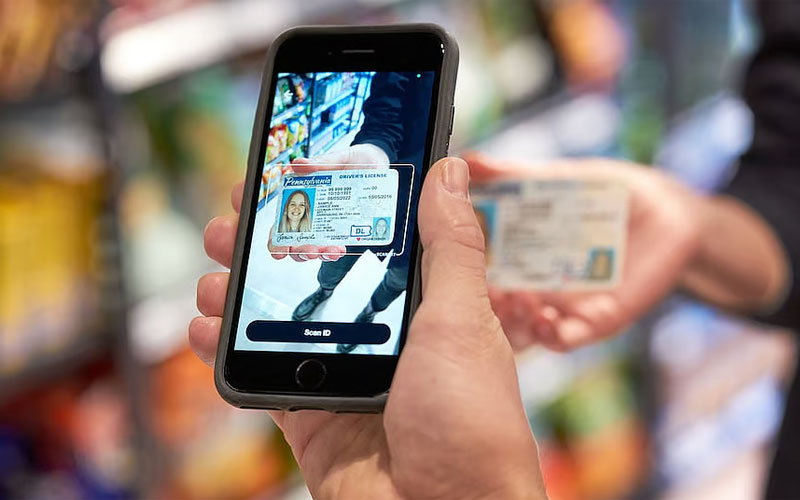
Driving license scanners are revolutionizing the way organizations handle document verification, offering a powerful tool for enhancing both accuracy and security. These devices are designed to efficiently capture and process data from driving licenses, which are essential for a variety of verification purposes in numerous industries. By transforming physical documents into digital information, driving license scanners streamline the verification process and mitigate the risks associated with manual data handling.
The core functionality of a driving license scanner involves capturing a high-resolution image of a driving license and utilizing optical character recognition (OCR) technology to extract relevant information. This process includes decoding text elements such as the individual’s name, address, date of birth, and license number. The scanner’s advanced imaging capabilities ensure that the data extracted is both accurate and complete, significantly reducing the potential for errors that can occur with manual entry.
One of the most notable benefits of driving license scanners is their ability to enhance security. Traditional methods of verifying driving licenses can be susceptible to various forms of fraud, including the use of counterfeit or altered documents. Modern driving license scanners are equipped with sophisticated security features designed to detect such fraudulent activities. For example, some scanners are capable of performing real-time checks against external databases to verify the legitimacy of the driving license information, thus providing an additional layer of security.
In addition to improving security, driving license scanners also contribute to increased accuracy in data processing. Manual data entry is often prone to mistakes due to human error, such as misreading text or inputting incorrect information. Driving license scanners eliminate these issues by automating the data extraction process. This automation ensures that the information captured from driving licenses is accurately recorded and immediately available for use in various applications, from financial transactions to healthcare records.
The integration of driving license scanners with other digital systems further amplifies their benefits. For instance, in the financial sector, scanners can be integrated with customer management systems to quickly verify the identity of individuals opening new accounts or applying for loans. In healthcare settings, scanners can streamline patient registration and ensure that medical records are accurately updated with verified information. This seamless integration enhances overall efficiency and helps organizations manage large volumes of data with greater ease.
Moreover, driving license scanners enhance customer service by reducing the time required for verification processes. In retail and hospitality environments, for example, scanners expedite age verification and membership registration, leading to shorter wait times and a more streamlined customer experience. This improved efficiency not only benefits customers but also helps organizations manage their operations more effectively.
As technology advances, the capabilities of driving license scanners are expected to evolve further. Emerging technologies such as artificial intelligence and biometric recognition are likely to enhance the functionality of these devices, making them even more effective in verifying identities and securing sensitive information. The future of driving license scanners promises continued innovation, offering even greater accuracy, security, and efficiency in document verification.







